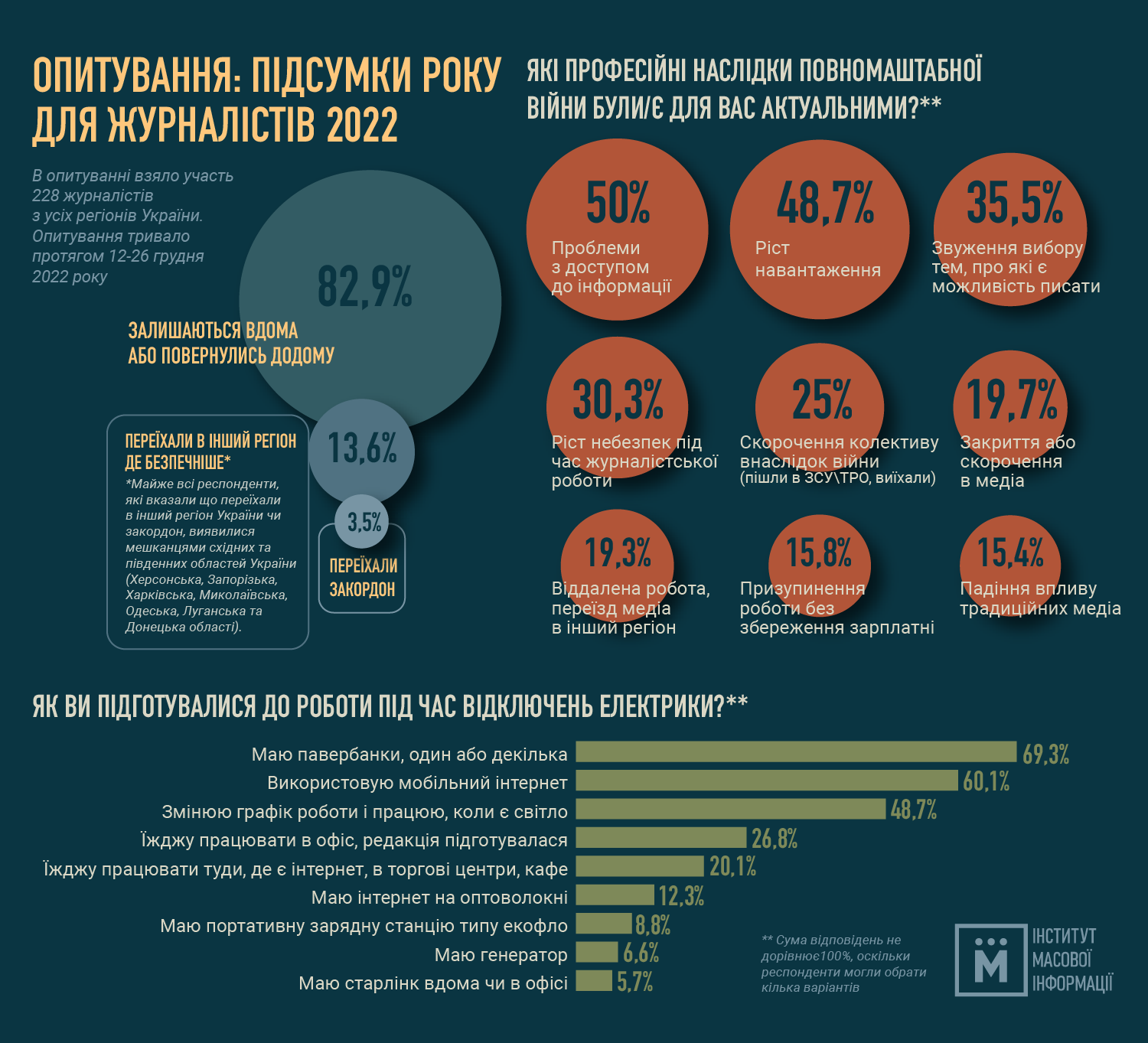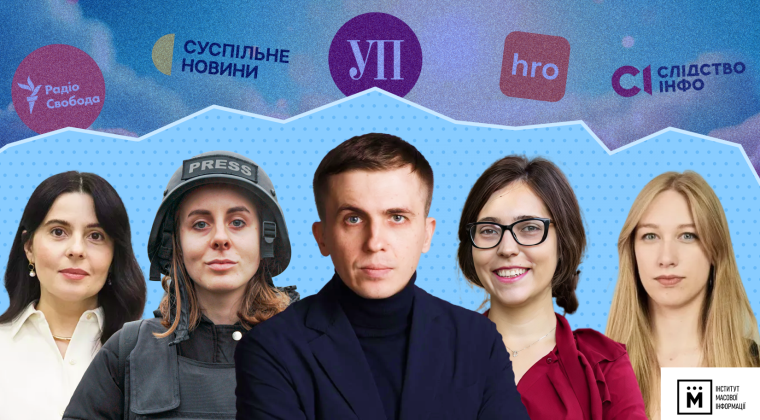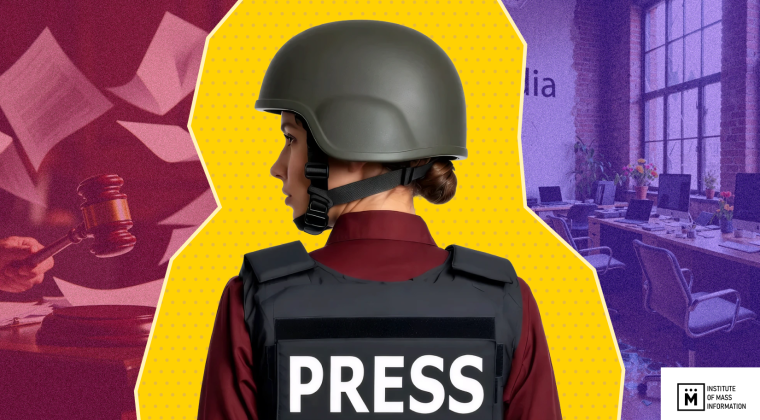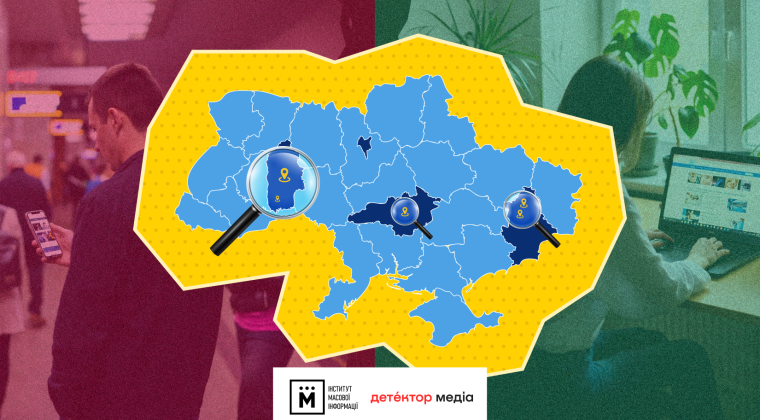For journalists, the main professional consequences of the full-scale war were information access issues (mentioned by 50% of the interviewed journalists), workload increase (for 48.7% of those interviewed) and the range of relevant topics narrowing down (35.5%)*.
These are the findings of an anonymous quantitative online survey conducted by the Institute of Mass Information on December 12–26, 2022, using the questionnaire method.**
Other impacts of the big war mentioned by the interviewed journalists include the following (the answers do not make up 100% when added together, since the participants could choose several options):
- 30.3% – journalistic work becoming increasingly dangerous;
- 25% – workforce shrinking due to the war (people joining the UAF/TDF or leaving);
- 19.7% – media closing or downsizing;
- 19.3% – working remotely, media relocating to a different oblast;
- 15.8% – being suspended from work without salary;
- 15.4% – decline in the traditional media’s influence;
- 10.4% – lay-offs;
- 7.9% – loss of equipment, editorial offices destroyed.
The workload increase and work issues which were noted by the surveyed journalists are also related to the blackouts and mobile/Internet connection interruptions. This complicates the work and life greatly. At the same time, journalists have already managed to adapt: all 100% of those interviewed said that they were taking certain steps to carry on with their work. Namely, 48.7% of journalists who took part in the survey indicated that they have amedned their work schedule to work when they have electricity. Another 26.8% of respondents go to work at an office with stable power supply, and another 20.1% work from other places, shopping malls and cafes that are provided with electricity.
Power banks were the most common equipment among journalists: 69.3% of respondents possess and use them. Only 8.8% of respondents have Ecoflow portable charging stations, and only 6.6% have generators. Only 5.7% of interviewed journalists have a Starlink at home or at their office*.
It turns out that whenever the connection is down, most journalists use mobile Internet (noted by 60.1% of respondents), since only 12.3% of respondents have fiber-optic Internet *.
At the time the study was conducted (December 2022), 82.9% of Ukrainian journalists interviewed by IMI were staying at home. As of August 2022, this indicator used to be 86%, in May of the same year – 73%. Almost all respondents who said that they had moved to a different oblast of Ukraine or abroad used to live in the eastern and southern regions of Ukraine (Kherson, Zaporizhzhia, Kharkiv, Mykolaiv, Odesa, Luhansk and Donetsk oblasts).
*The answers do not make up 100% when added together, since the participants could choose several options.
**The research was conducted via a quantitative anonymous online survey based on a simple random sample of potential respondents – journalists and editors. A total of 229 responses by media workers from all regions of Ukraine were received. Of them, 64.9% of respondents were women, 35.1% were men. The maximum error is 5%. The study was conducted on December 12–26, 2022.




